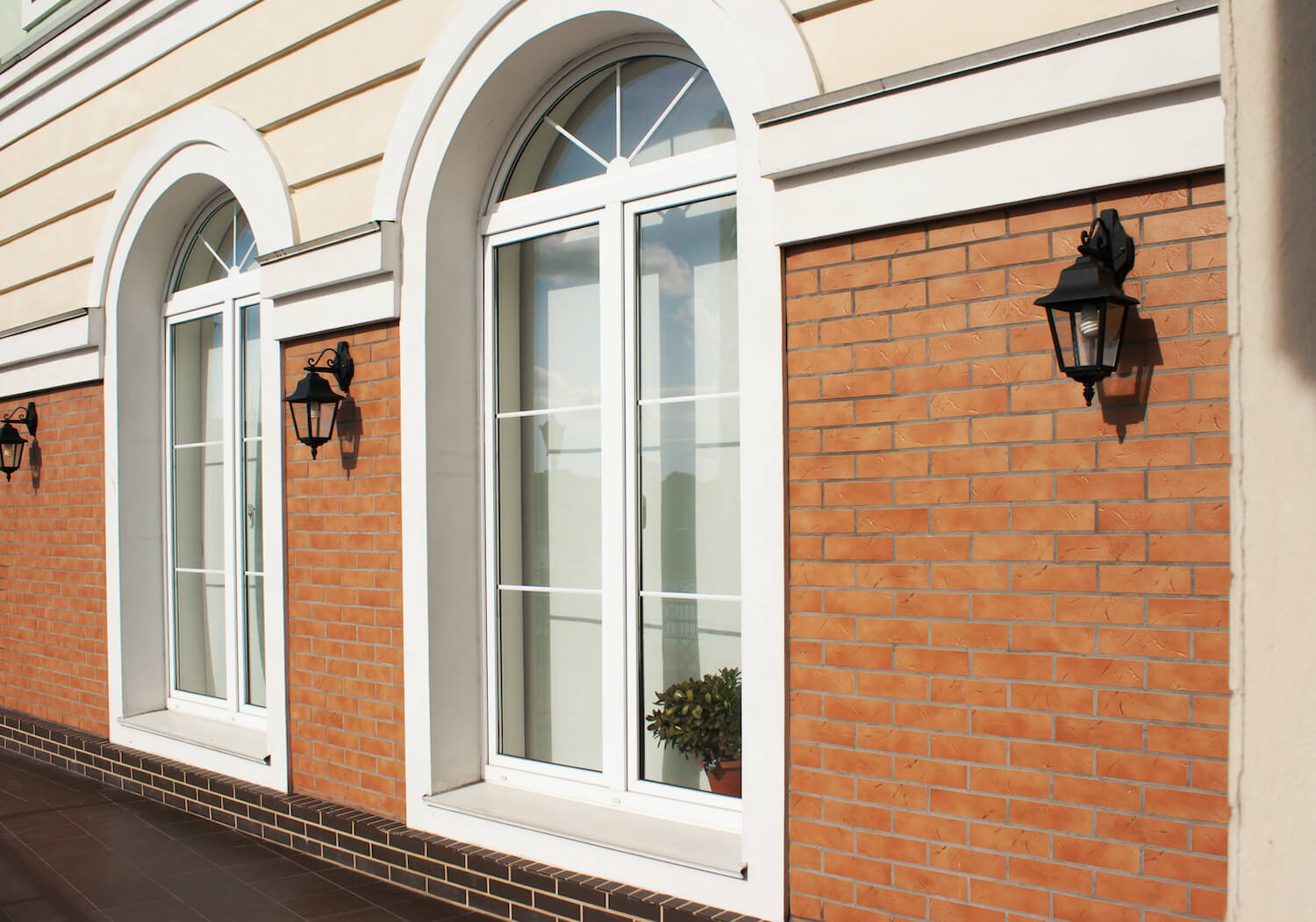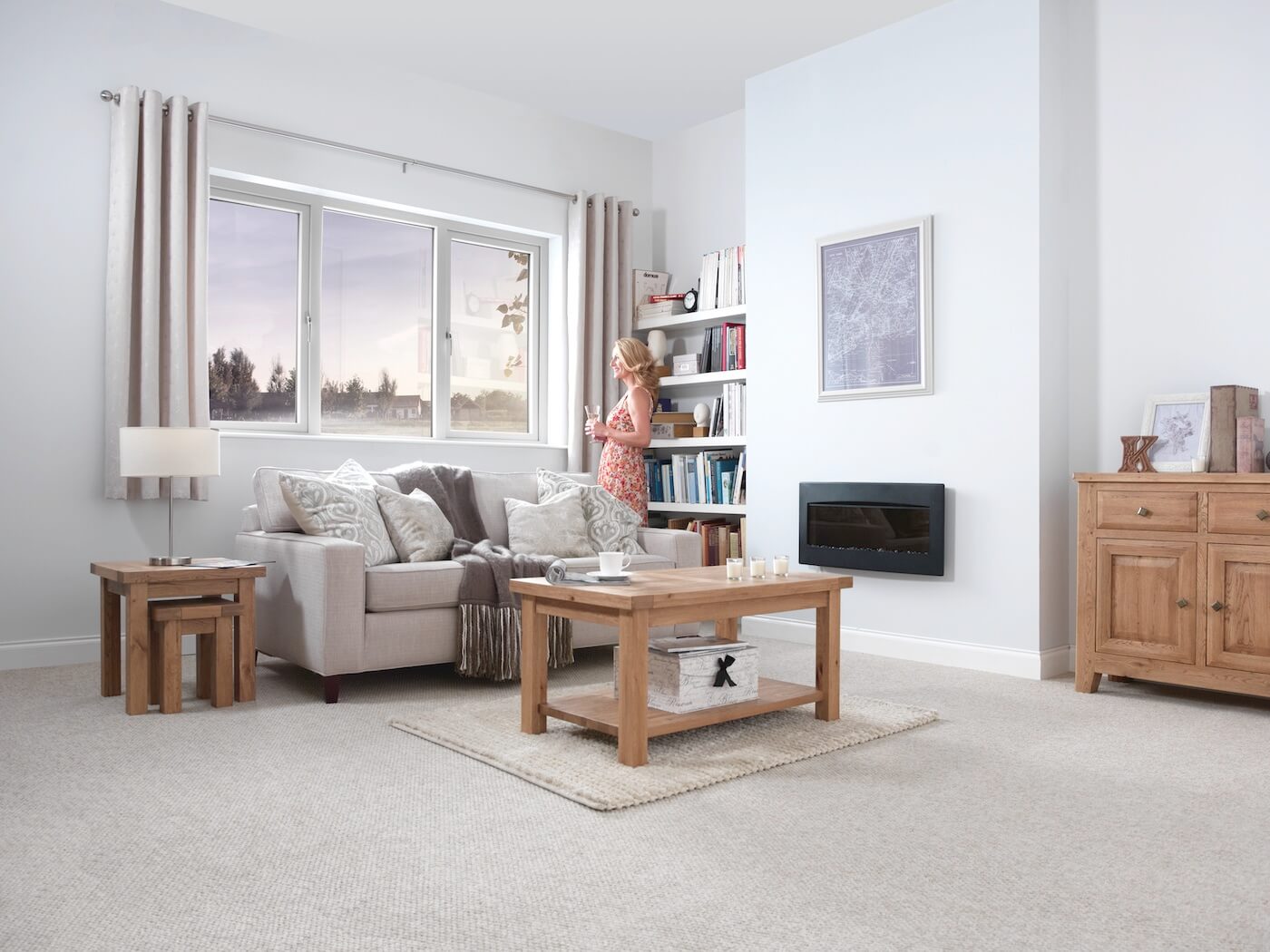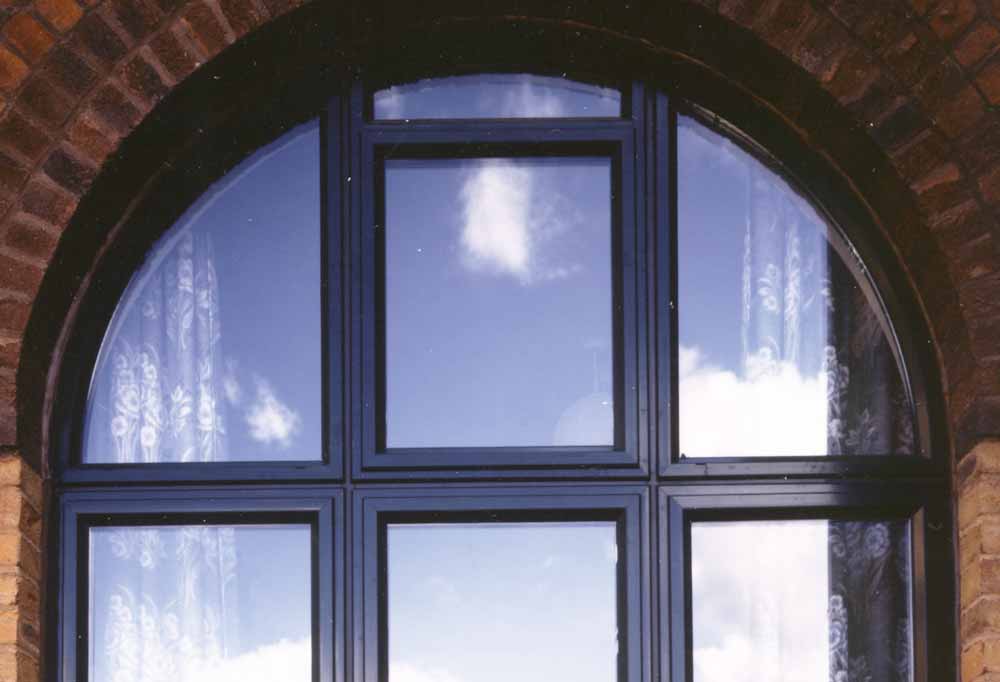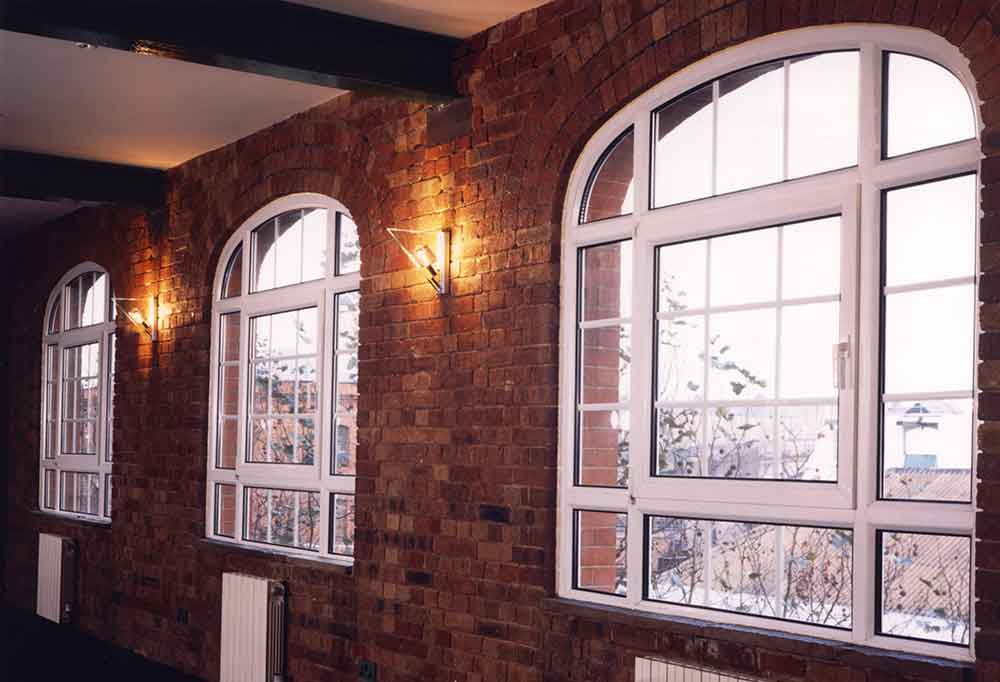
In today’s market, installers have to do more than fit windows, they need to explain them. Homeowners are increasingly concerned about energy bills, carbon footprints and sustainable upgrades. This puts pressure on trade professionals to understand, and clearly communicate, the performance benefits of efficient windows.
Energy ratings for windows aren’t just a regulatory requirement; they’re a key selling point. Being able to explain performance ratings like U-Values, air leakage and solar gain helps build trust, win more business and ensure every installation meets current compliance standards.
Many homeowners have misconceptions about window energy ratings, thinking that they are just about keeping as much heat in their home as possible. But there is much more to them than that. Providing your customers with a proper understanding of that these ratings will allow them to make an informed decision about the best options for their property.
Clear communication wins trust. When discussing energy ratings with customers, keep your language simple and relevant. Focus on benefits.
At TWR Group, we’ve spent more than 25 years supporting trade partners with certified windows that deliver excellent energy performance and meet every regulation. This guide breaks down energy ratings for windows in clear, practical terms, helping you advise clients with confidence and ensure the right specification every time.
Why should installers care about energy ratings for windows?

It’s simple, informed homeowners are asking more questions. How much heat loss will this window prevent? Will it lower energy bills? Is it compliant? If you can answer clearly and back that answer up with technical understanding, you’ll stand out from the competition.
Selling and installing energy-efficient windows isn’t just about ticking boxes. It’s about helping:
- Reduce energy costs
- Increase thermal comfort
- Improve sustainability credentials
- Futureproof their property against regulatory changes
The window installation is now only part of a installers job; it’s the added value that the above achieve that is what the homeowner is looking for. This is where knowing your numbers, like U-values, solar heat gain and air leakage, makes all the difference.
What are window energy ratings?
Window Energy Ratings (WERs) are a standardised system that was introduced in 2004 by the British Fenestration Rating Council (BFRC) to help homeowners assess window energy efficiency, using factors like heat loss, air leakage, and solar heat gain. Before WERs, choosing energy-efficient windows was challenging due to limited reliable information. The voluntary program allows manufacturers to display independently tested performance, making it easier for consumers to compare products. As energy costs have risen and environmental awareness has increased, WERs have become a valuable tool for making informed, energy-conscious home improvement decisions.
How are window energy ratings calculated?
Window Energy Ratings (WERs) provide an overall score that reflects a window’s energy efficiency. They’re measured on the BFRC rating scheme, from A++ (most efficient) to G (least efficient). Most new and replacement windows should achieve at least a B rating, but many homeowners are now asking for A-rated or A+ products.
This single score combines three key performance factors:
- Thermal Performance (U-value) – Measures the rate of heat transfer through the window
- Solar heat gain (G-value) – How much solar heat enters through the glass
- Air leakage – The amount of air passing through joints and seals
Together, these factors give a full picture of how the window performs, in both winter months (retaining heat) and summer months (preventing unwanted heat).

Understanding U-values and heat loss
The U-value is one of the most important numbers in window performance. It tells you how quickly heat escapes through a window and measured in W/m²K (watts per square metre per degree of temperature difference).
The lower the U-value, the less heat loss, and the more energy-efficient the window, which is important for helping to lower your customers’ heating bills, improving their thermal comfort in colder climates, minimises condensation on the glass surface and reduces the building’s carbon footprint. Building regs in the UK require windows to achieve a U-value of 1.4 W/m²K or lower.
What is solar heat gain and why does it matter?

Solar heat gain measures how much heat from the sun passes through the window. It’s a balance; a higher amount can help warm the home naturally in winter, however too much could mean overheating in summer. South-facing properties benefit from controlled solar gain while triple glazing or Low-E coatings can reduce unwanted heat.
How does air leakage affect energy performance?
Air leakage refers to how much air can pass through a closed window, and less air leakage means a better window energy rating. Even if a window has a good U-value, too much air can reduce its overall energy efficiency. Less air leakage means your customers will enjoy fewer draughts, better temperature stability, more reliable performance ratings and reduced energy costs over time.
What about visible light and natural daylight?
Visible light transmission (VLT) measures the amount of light that enters through a window. More natural daylight means brighter spaces and lower reliance on artificial lighting, but too much light can affect solar gain and overall efficiency
TWR Group’s energy-efficient window solutions
At TWR group, we fabricate a wide range of uPVC windows for trade professionals that are designed for excellent airtightness, thanks to multi-chambered profiles, precision-engineered frames and high-quality weather-resistant seals, including casement windows, flush sash and tilt and turn. They achieve A+ energy ratings, can achieve U-values as low as 0.8 W/m²K, provide outstanding air-tightness and can be triple or double glazed.
Our ultra slim aluminium window range with thermal break technology can achieve U-values as low as 1.3 and window energy rating of B when using the correct glass unit.
All windows are tested and meet UK energy performance standards, putting you in a strong position to meet or exceed current energy efficiency requirements. With 25+ years of expertise, TWR Group delivers the right windows for every installation, helping trade partners build trust, win work and deliver consistent quality.

Key takeaways for installers
- Understand the key terms: U-Value, solar gain, air leakage
- Know what makes up the energy rating
- Match window styles and glazing to each project’s performance needs
- Use benefits-focused language when speaking to homeowners
- Choose certified products that meet or exceed UK regulations
Talk to the experts at TWR Group
Need support specifying the best options for your next window project? Looking for fast lead times and certified performance? TWR Group is your trusted fabrication partner. Contact us today to discuss how we can support your next installation with compliant, efficient, and high-performing uPVC windows.
FAQs
How do energy-efficient windows improve the amount of natural light in a home?
They optimise visible light transmittance, allowing more natural light while reducing less solar heat and glare.
Why is proper installation important for window energy ratings?
Proper installation ensures better condensation resistance, maximises energy performance, and maintains visible light transmittance and solar heat gain coefficient accuracy.
Should old windows always be replaced for better energy performance?
Yes, old windows typically allow more air leakage, less natural light, and poor control of solar heat gain coefficient.
